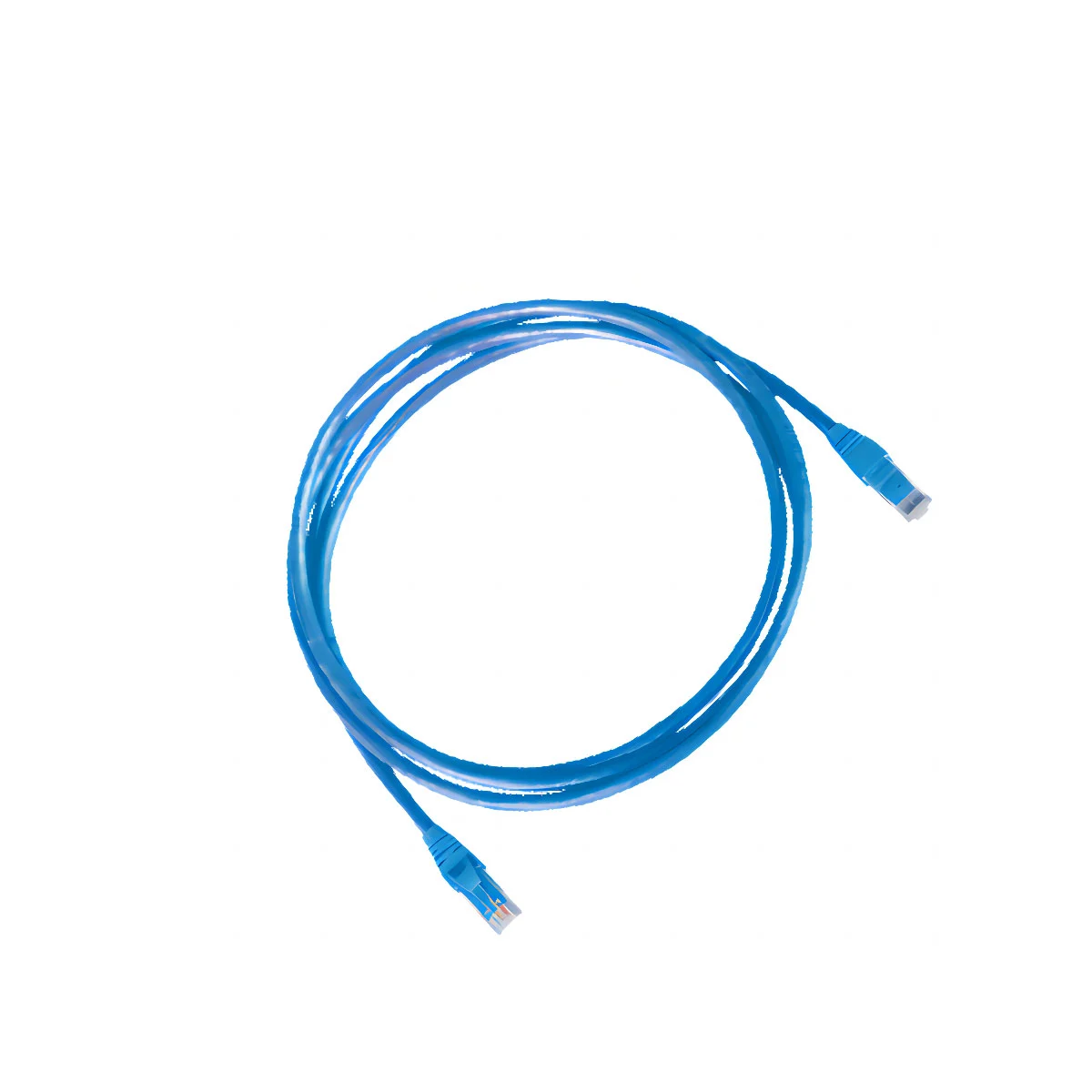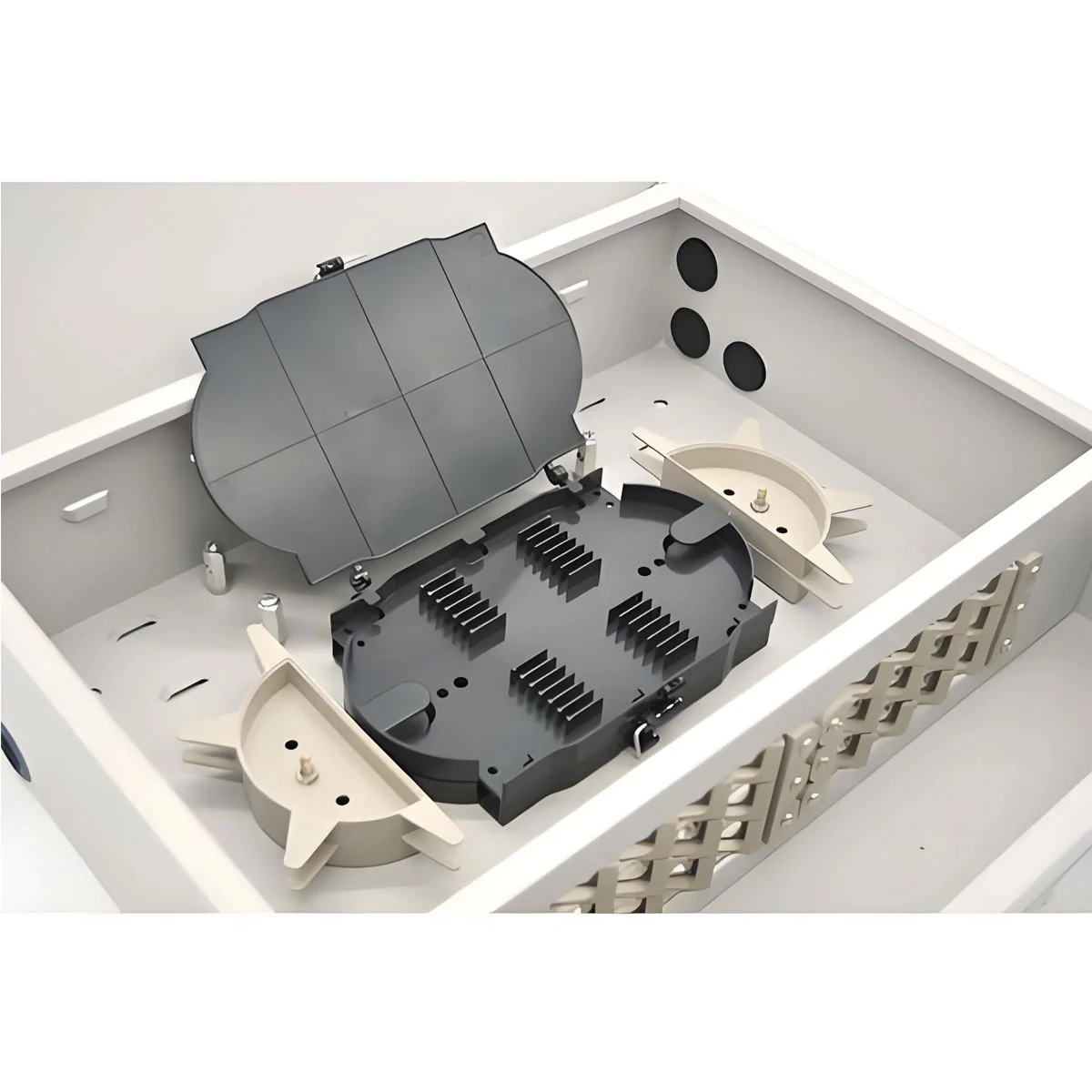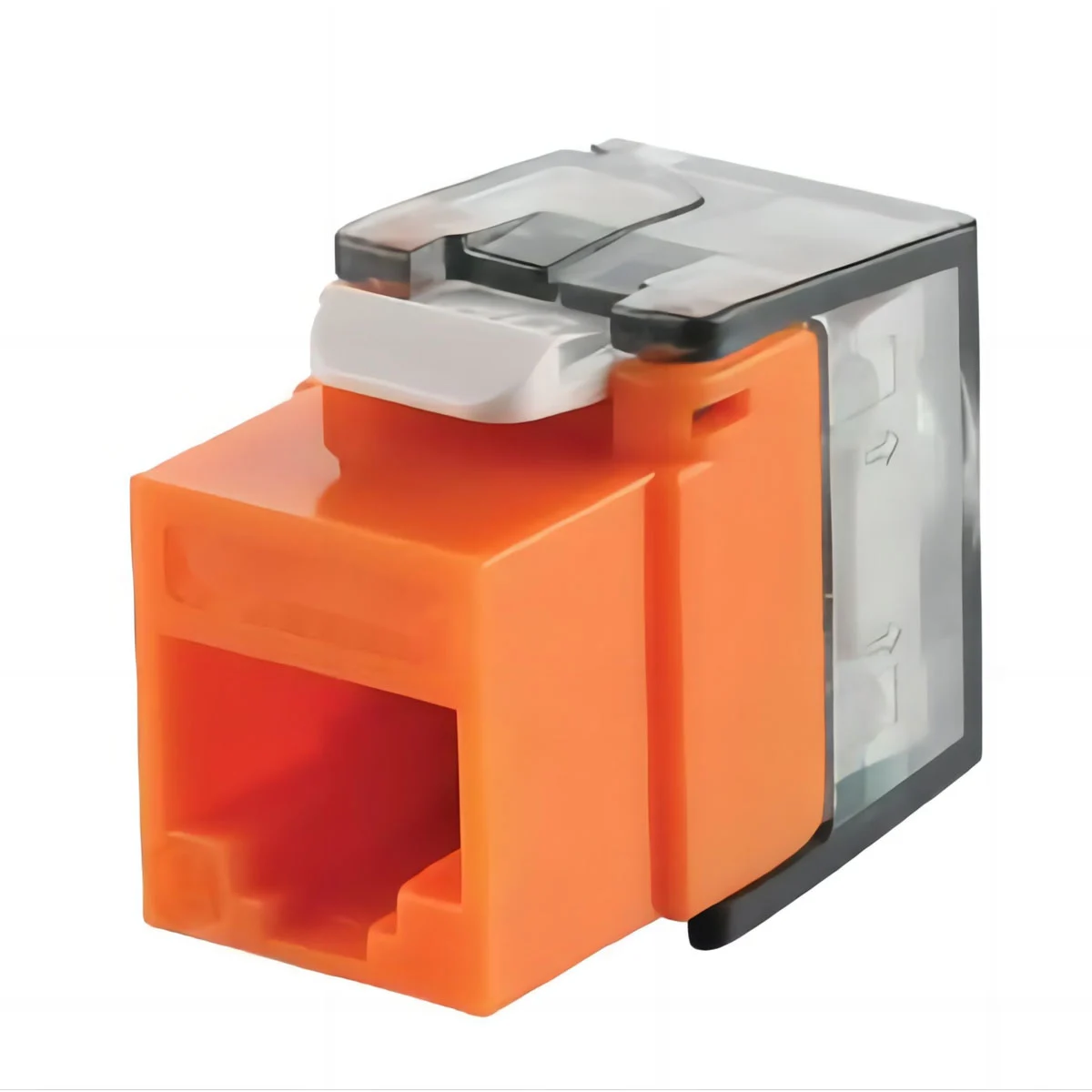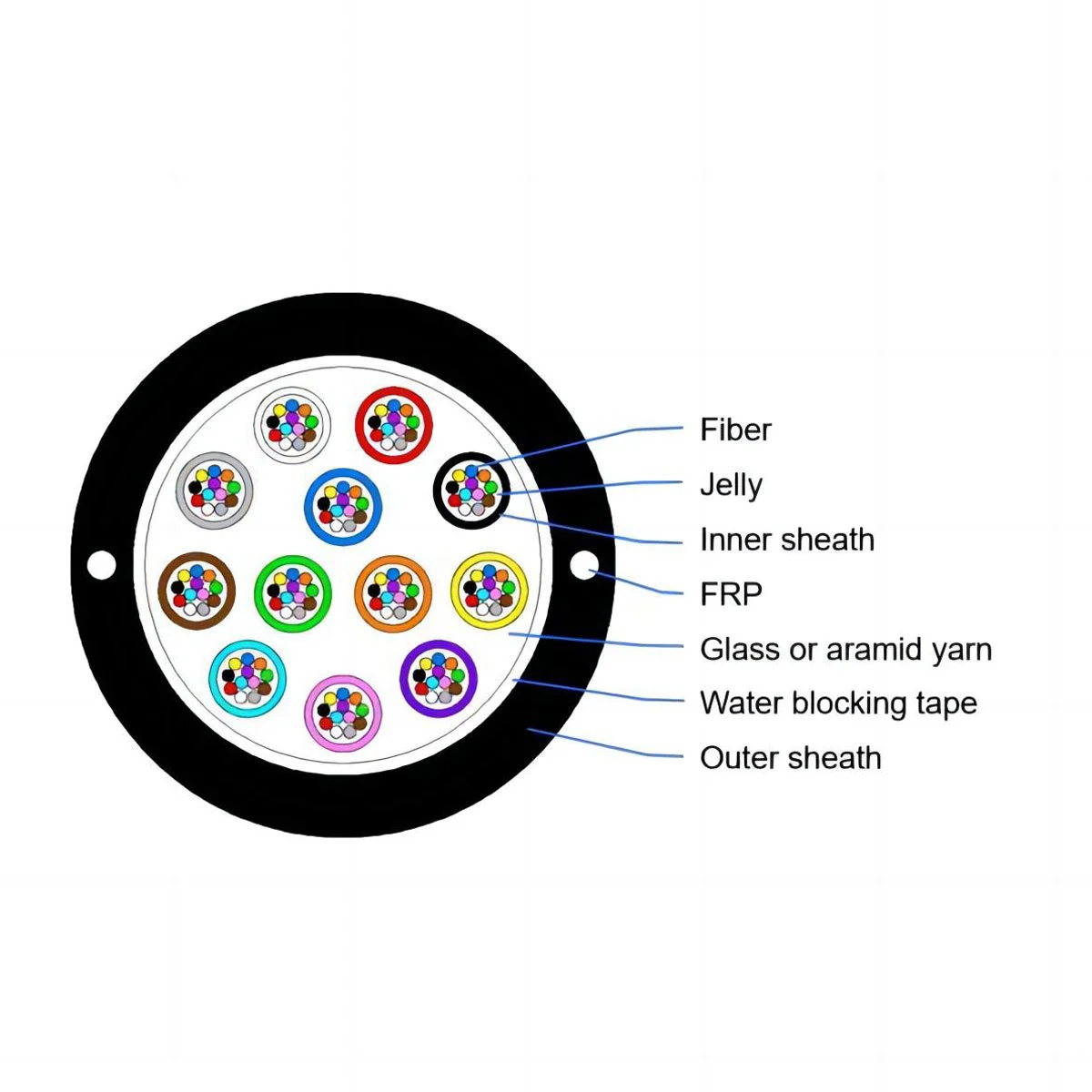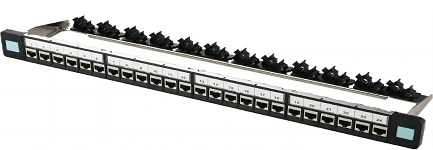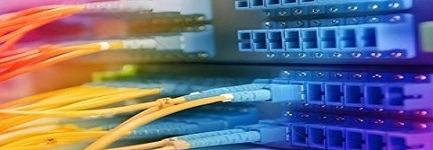
An optical fiber is a slender, flexible fiber used for transmitting light signals, typically made of glass or plastic, characterized by a high refractive index and low loss. Using an optical fiber to transmit light signals enables high-speed, long-distance, and low-latency data communication.
An optical fiber consists of three basic concentric components: the core, the cladding, and the coating.
The core is usually made of glass or plastic, but other materials may be used depending on the required transmission spectrum. The core is the light-transmitting part of an optical fiber.
The cladding is typically made of the same material as the core but with a slightly lower refractive index (usually about 1% lower). This difference in refractive index causes total internal reflection at the refractive index boundary along the length of an optical fiber, allowing light to travel down the fiber without escaping through the sidewalls.
The coating usually consists of one or more layers of plastic material to protect the fiber from the physical environment. Sometimes, a metallic sheath is added to the coating to provide additional physical protection.
Applications of an optical fiber include fiber optic communication, fiber optic sensing, industrial control, medical equipment, data centers, and more. As a transmission medium, an optical fiber can provide telephone, television, broadband, and other communication services for people.
An optical fiber achieves the transmission of light signals using the phenomenon of total internal reflection. When light signals enter from one end of an optical fiber, due to the higher refractive index of an optical fiber compared to the surrounding medium, total internal reflection occurs inside the fiber, transmitting the light signal from one end to the other.
High Security
Since the transmission of an optical fiber is based on light signals, it is difficult to be eavesdropped on or interfered with, making it highly secure.
Low Loss
The transmission loss of an optical fiber is relatively low, with minimal signal attenuation, maintaining signal stability over long-distance transmission.
High Bandwidth
The broadband characteristics of an optical fiber allow it to transmit large amounts of data and support high-speed network communication.
Long Transmission Distance
Compared to traditional copper wire, an optical fiber can transmit signals over much greater distances, reaching tens of kilometers or even further.
Unaffected by Electromagnetic Interference
Since an optical fiber is a non-conductive material, it is not affected by electromagnetic interference, allowing stable data transmission in environments with high electromagnetic interference.

